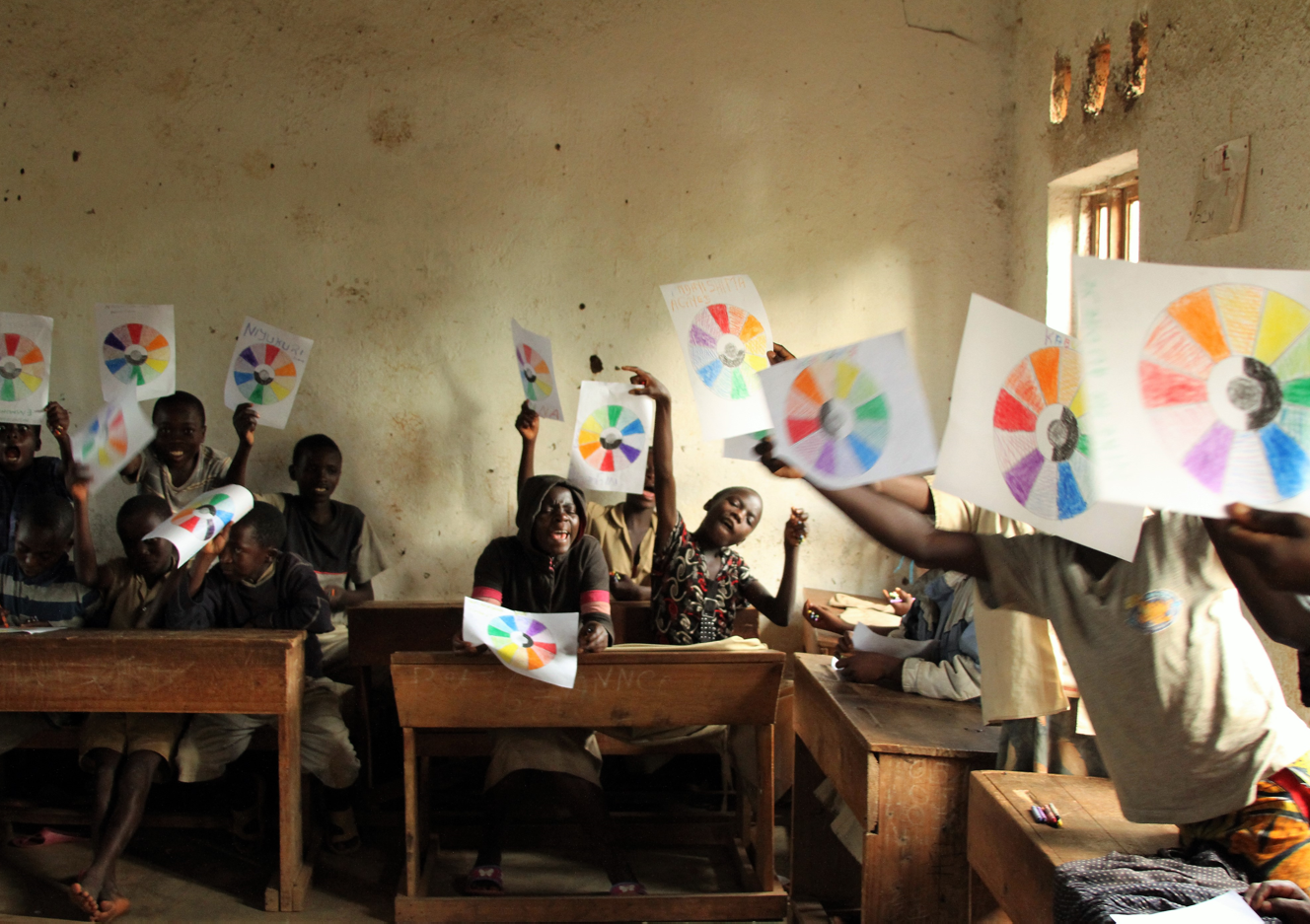
Climate change is one of the most pressing issues in the contemporary world and it poses serious challenges to development. This is why the first proposed list of achievements for Sustainable Development Goals 2015-2030 focuses on many aspects related to environmental protection and the mitigation of climate change.
During my internship at Care Ethiopia, in the East Hararghe Field Office, I had a chance to learn more about Disaster Risk Reduction (DRR). I noticed that, while international institutions have been calling for gender sensitive climate change policies during recent years, a clear stance has not yet been taken in the many adaptation documents issued by the country on this regard. I therefore decided to devote part of my time to researching the gender dimension of drought.
My study aimed to provide an initial assessment of the gender dimension of drought in Fedis Woreda, a highly drought-prone area in the Oromia Region, Eastern Ethiopia, to be later used for policy making and action planning. More specifically, my research dealt with vulnerability, risk reduction capacity, and was collected over a period of approximately two months through five key informant interviews with government representatives, and a hundred surveys, six in-depth interviews, and two focus group discussions with the local population.
Findings showed that women’s vulnerability is much higher than men’s. For instance, during times of drought, women’s workloads drastically increase as activities usually undertaken by them, such as fetching water, require additional time. More hurdles arise when a husband migrates and the wife finds herself as the sole keeper of the household and entirely responsible for livestock. Women’s health is also more severely compromised: first, because husbands, followed by children, are given priority in food allocation, while women tend to eat the leftovers, and; second, because they are biologically more vulnerable.
In addition, natural hazards bring psychological problems as well. For example, during a period of food scarcity disputes increase due to disagreements about money and food management. Women experience many worries due to the fact they are physically and emotionally closer to their children. They are worried their displaced husbands will marry a second wife, thus having to share the yearly harvest with the new spouse and further exacerbating the experience of food insecurity. Furthermore, girls are exposed to sexual harassment when they walk far distances to fetch water. They are also more likely to drop out of school: first, they are more likely to skip meals, leaving them without the nourishment necessary for adequate concentration to learn in class; second, they often remain at home to support mothers in household management. On top of it all, women have few chances to engage in income generating activities during periods of food scarcity due to the lack of time and money to invest. Although women play a crucial role in money-making activities, husbands are indeed those who control household finances.
Women’s capacity to reduce the negative consequences of drought, be it preventive or immediate capacity, also seems to be inferior to that of men due to various factors, notably that they do not enjoy decision making power on various issues impacting livelihood security, such as crop cultivation, agricultural practices, and asset management. Moreover, unlike men, women have low participation rates in trainings and formal education, thus being endowed with little resiliency.
Coping mechanisms employed by females and males differ considerably. While women engage mainly in petty trading and firewood sale, men tend to migrate in search of daily labor. The selection of the specific strategies in use appears to be influenced by the level of vulnerability and other social practices in place. For example, women are expected to remain home with the children and the family assets, while men migrate and can escape hunger elsewhere. This limits the strategies available to women.
Overall, social attitudes and gender discriminatory practices that disadvantage women’s agency appear to be the main factors leading to the higher disaster risk of women, when compared to that of men.
A number of recommendations arose as a consequence of this study. First, gender should be mainstreamed into the policy design process, thus ensuring that all adaptation intervention would benefit both groups equally and challenge gender inequality. Second, local women should be made central actors in the decision making process, since they can provide useful insights due to the fact that they better understand the challenges faced by their group. Third, by mainstreaming DRR in every development intervention, external institutions can ensure that the activities they implement are feasible, reduce the negative impacts of drought, and relieve women instead of overburdening them. Finally, grassroots interventions that call into discussion social practices and give women access and control over resources should be taken. This would allow women to build resiliency and to overcome many of the factors that contribute to their disadvantaged position.
Diletta Carmi


